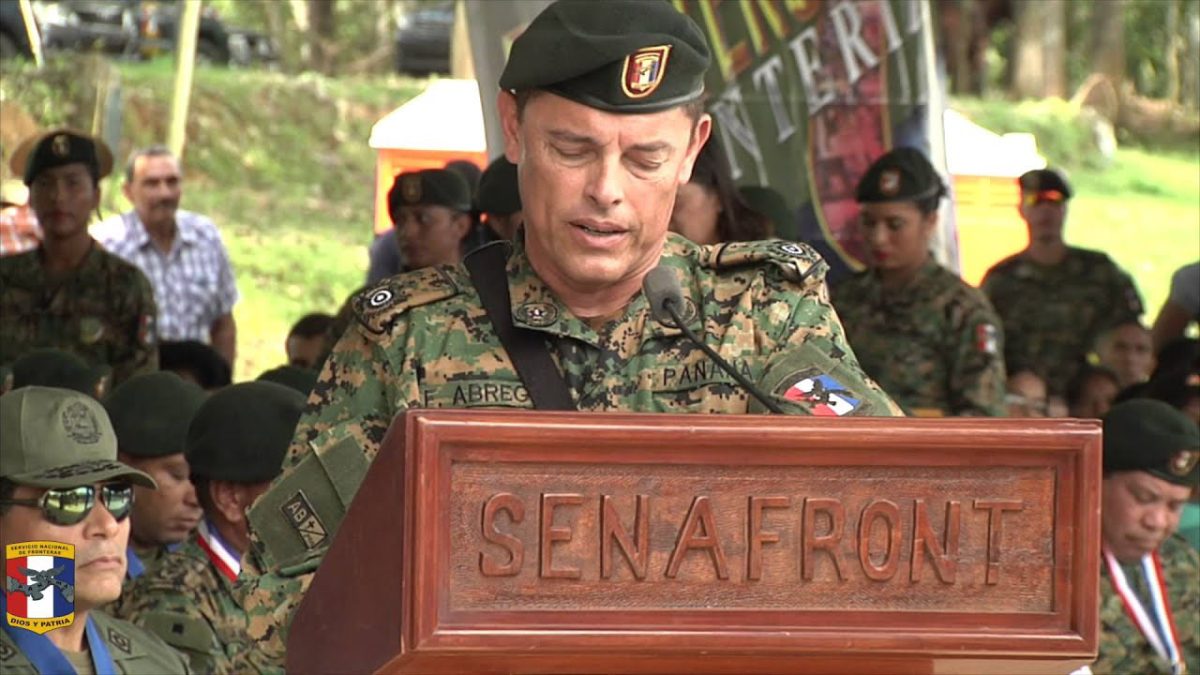PANAMA CITY, (Reuters) – Panama’s next government is considering erecting new checkpoints along a stretch of thick jungle on its southern border that has become a treacherous part of the journey for growing masses of U.S.-bound migrants, the incoming security chief said yesterday.
The additional checkpoints, where deportation orders could be issued to migrants, appear to be part of President-elect Jose Raul Mulino’s campaign pledge to close the so-called Darien Gap, even though he has yet to announce a detailed plan.
Frank Abrego, Mulino’s incoming security chief, floated a formal border closure along with the checkpoints to process migrants in comments to reporters immediately after a press conference in the capital, where the next president presented part of his cabinet.
The government of Mulino, himself a former security minister, takes office on July 1.
Last year, a record 520,000 migrants crossed the jungle between Colombia and Panama, mostly fleeing Venezuela, Ecuador, Haiti and China.
The main migration routes there hug Panama’s northern Caribbean coast, offering the most direct path to traverse the roadless jungle.
The area, running about 100 kilometers (62 miles), is known as the “gap” on Panama’s Darien isthmus since it is the only missing section of the Pan-American highway that stretches from Alaska to Argentina.
“If a border closure were declared tomorrow, we establish the checkpoints where we can detain … these illegal immigrants,” said Abrego.
“I think that’s going to happen,” he added.
In his presidential campaign, Mulino repeatedly promised to “close” the Darien Gap, vowing Panama should not be a transit country for migrants, and pledged to ask for help from nations including the United States and Colombia.
Mulino again vowed to take a tough stance against unlawful crossings during a speech last week.
“Those who arrive here are going to be returned to their country of origin,” he said.










